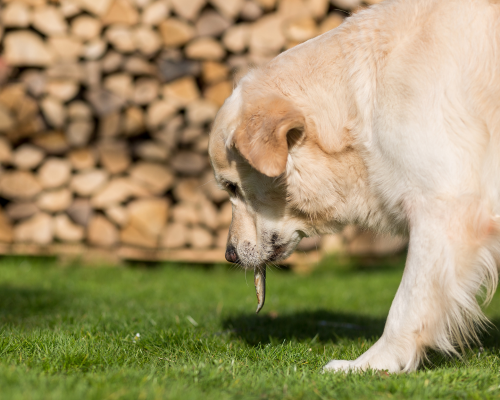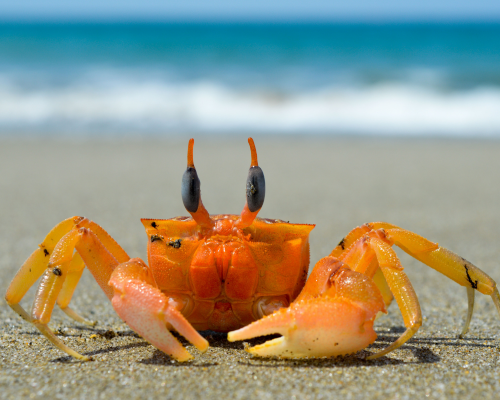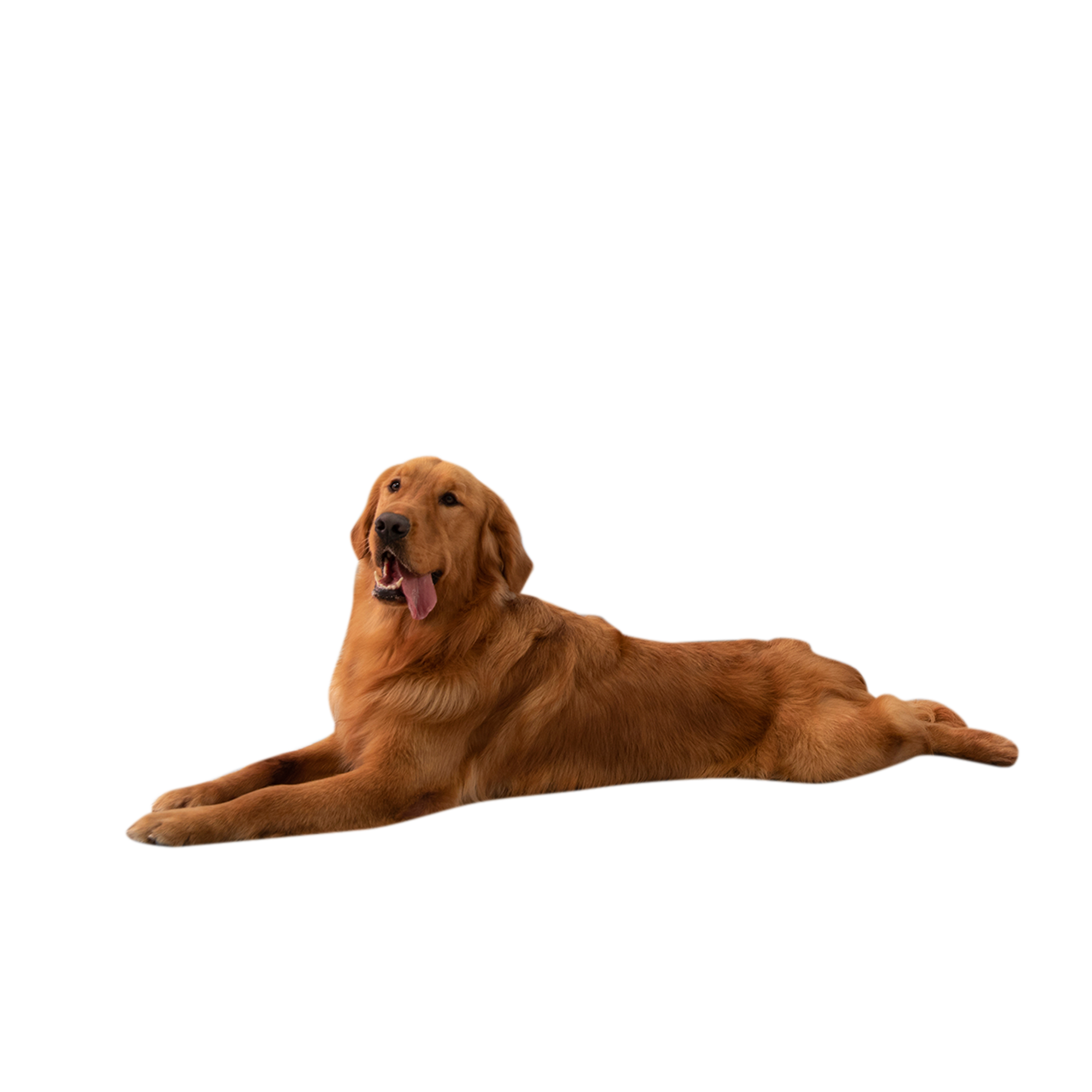If your dog ate crab shells, watch for signs of choking or gastrointestinal issues. Contact your veterinarian promptly.
When dogs ingest crab shells, it can lead to health concerns. Symptoms range from mild discomfort to serious complications. It’s crucial to monitor your dog closely and seek professional guidance if needed. Take action immediately to prevent any potential harm to your furry friend.
Keep reading to learn more about what steps you can take and how to ensure your dog’s safety after consuming crab shells. Understanding the risks and being prepared to handle the situation can make all the difference in your pet’s well-being.
Canine Diet And Digestive System
Dogs have a unique digestive system that is designed to handle the consumption of bones, raw meat, and other natural foods. Therefore, it’s important to provide them with a balanced diet to keep their digestive system healthy and functioning properly. This means feeding them a mix of high-quality protein, healthy fats, and essential nutrients to support their overall health.
A well-balanced diet can also help prevent issues such as digestive upset and ensure that they have the energy and nutrients they need to thrive. When considering your dog’s diet, it’s essential to factor in the potential risks associated with consuming certain foods, such as crab shells. These can pose a threat to your pet’s digestive system, leading to discomfort and potential harm. Being mindful of your dog’s diet can help promote optimal digestive health and overall well-being.
Crab Shells And Their Potential Dangers
Crab shells can pose potential dangers to dogs due to their hard and sharp edges. When ingested, these edges can cause injuries to the dog’s mouth, throat, and gastrointestinal tract. Moreover, the hard texture of crab shells increases the risk of intestinal blockage, which can be life-threatening if not promptly addressed by a veterinarian.
If your dog has consumed crab shells, it is crucial to keep an eye out for symptoms such as vomiting, diarrhea, reduced appetite, abdominal pain, or difficulty defecating. If you notice any of these signs, it is important to seek veterinary attention immediately. The veterinarian may recommend diagnostic tests such as X-rays or an ultrasound to assess the severity of the situation.
In order to prevent accidental ingestion of crab shells, it is essential to properly dispose of them in a secure trash bin that is inaccessible to your pets. Additionally, when enjoying seafood meals, make sure to discard crab shells and other shellfish waste in a responsible manner.
Symptoms Of Shell Consumption
Upon ingesting crab shells, dogs may display symptoms such as vomiting, diarrhea, and discomfort. It is crucial to monitor the pet closely and seek veterinary care if signs persist. Immediate action can prevent potential complications from shell consumption.
| Dog Ate Crab Shells: |
| Symptoms of Shell Consumption: |
| Watching for behavioral changes such as lethargy or restlessness is crucial. |
| Vomiting and diarrhea are common signs after consuming crab shells. |
Immediate Steps To Take
If your dog ate crab shells, it’s crucial to take immediate action. Look for signs of distress and monitor their behavior. Contact your veterinarian for advice, as crab shells can cause digestive issues in dogs. Keep an eye on your dog’s condition for any changes and follow the vet’s recommendations closely.
If your dog has eaten crab shells, it is important to act quickly. The first step should be to contact a veterinarian immediately. They can provide guidance on whether immediate medical attention is necessary.
While waiting for the veterinarian’s advice, you should monitor your dog’s condition closely. Watch for any signs of discomfort or distress, such as vomiting, diarrhea, or difficulty breathing. Keep an eye out for any changes in behavior as well.
It’s essential to keep your dog calm and comfortable during this time. Limit physical activity and provide a quiet space for them to rest.
Remember, each case is unique, and it’s important to consult with a vet to ensure the best course of action for your dog. Swift action can help minimize the potential risks associated with ingesting crab shells.
Treatment Options
When a dog eats crab shells, various treatment options can be considered depending on the severity of the situation. In some cases, surgical intervention may be necessary, especially if the shells have caused an obstruction or perforation in the digestive system. This may involve removing the shells or repairing any damage caused.
On the other hand, if the dog is not experiencing any immediate complications, the veterinarian may prescribe medication to help alleviate symptoms and aid in the digestion of the shells. This can include medications to reduce inflammation, relieve pain, and promote healing. It is important to follow the veterinarian’s instructions closely and monitor the dog’s condition closely during and after treatment.

Credit: petfluence.com
Preventive Measures
Supervising outdoor activities: When letting your dog play outside, be sure to supervise them closely to prevent them from accessing crab shells. Keep an eye on their explorations and steer them away from potential hazards.
Limiting access to food scraps: Store food scraps and waste securely and out of reach. Dispose of crab shells and other food items properly to avoid tempting your dog to ingest them.
Alternative Chew Toys And Treats
When searching for safe and suitable alternatives to crab shells for your dog, consider natural dental care options. Raw bones and antlers can provide chew satisfaction while promoting dental health. Additionally, rubber toys designed for chewing can offer a safe outlet for your dog’s chewing instincts. Supervision is essential to ensure they are using these alternatives appropriately.
Credit: www.quora.com
Educational Awareness For Pet Owners
Recognizing potential hazards: Always keep crab shells out of reach to prevent ingestion.
Promoting responsible pet care: Be mindful of your surroundings and remove any harmful items from your dog’s reach.
Ensure your dog’s safety by monitoring them closely when around potential hazards such as crab shells.

Credit: petfluence.com
Frequently Asked Questions
What Happens When Dogs Eat Crab Shells?
Eating crab shells can cause digestive issues, blockages, and possibly injury to the dog’s mouth. It’s important to monitor them for symptoms and seek vet assistance if necessary.
Can Crab Shell Be Digested?
The human digestive system cannot break down crab shells due to their tough composition.
Are Crabs Poisonous To Dogs?
Yes, crabs can be poisonous to dogs, causing vomiting, diarrhea, and other symptoms. Keep them away from your pets.
What Happens If A Dog Eats A Shell?
Eating a shell can be risky for dogs. It may cause choking, blockage, or injury to the digestive system. Consult a vet if your dog shows signs of distress or discomfort after eating a shell. Prevent such incidents by keeping shells out of your dog’s reach.
Conclusion
After knowing the potential dangers, taking precautions when dealing with crab shells is crucial. Protect your furry friend by keeping harmful items out of reach. Promptly seek veterinary assistance if your dog ingests crab shells to ensure their well-being and safety.
Stay informed and prioritize your pet’s health always.

Hello, I’m Daniel Johnson. I Studied animal science at the University of Florida. I am a seasoned veterinarian deeply committed to ensuring the health and happiness of every dog. With extensive expertise in dog health, I contribute my knowledge to Dog Advisor Pro to help dog owners understand and address their pet’s health concerns. My passion is making veterinary advice accessible and understandable to all, allowing dog owners to provide the best care for their furry friends.


